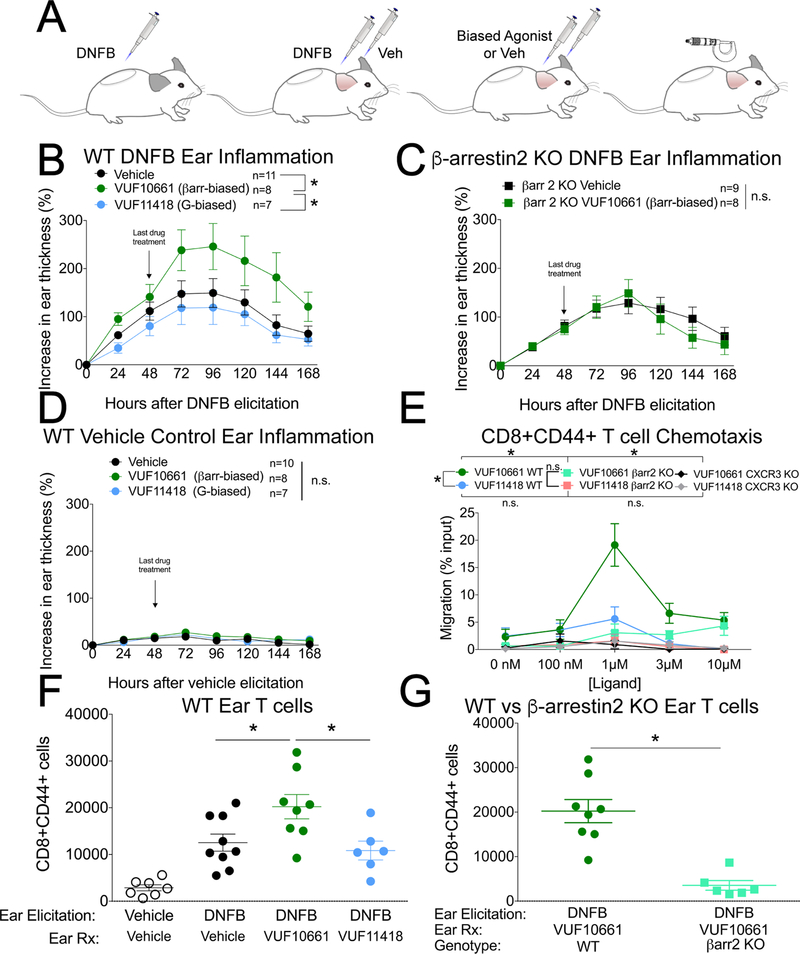Fig. 2. A β-arrestin–biased, but not G protein–biased, CXCR3 agonist increases inflammation and the chemotaxis of effector/memory T cells.
(A) Experimental design of the DNFB contact hypersensitivity model of inflammation. DNFB sensitization was induced with 0.5% DNFB and contact allergy was elicited 5 days later with 0.3% DNFB. (B) Ear thickness after topical application of vehicle, the βarrestin-biased agonist VUF10661 (50 μM), or the G protein-biased agonist VUF11418 (50 μM) on the ear of wild-type mice after DNFB elicitation. Data are means ± SEM of 7 to 11 mice per treatment group. (C) Ear thickness after topical application of the βarrestin-biased agonist VUF10661 or vehicle on the ear of β-arrestin2 KO mice. Data are means ± SEM of 8 or 9 mice per treatment group. (D) As a negative control, in the absence of DNFB treatment, VUF10661 or VUF11418 was applied to the ears. Data are means ± SEM of 7 to 10 mice per treatment group. (E) Measurement of the chemotaxis of CD8+CD44+ T cells isolated from the indicated mice toward the indicated concentrations of the βarrestin-biased agonist VUF10661 or the G protein–biased agonist VUF11418. VUF11418 (1 μM) did not cause statistically significant chemotaxis compared to the 0 nM treatment (P < 0.05 by two-tailed t-test). Data are means ± SEM of 3 or 4 mice per treatment group. (F) Skin infiltration by effector T cells in either vehicle or DNFB allergen–elicited WT mouse ears induced by topical application of vehicle, the βarrestin-biased agonist VUF10661 (50 μM), or the G protein-biased agonist VUF11418 (50 μM). Data are means ± SEM of 6 to 9 mice per treatment group. (G) Skin infiltration by effector T cells in DNFB allergen–elicited β-arrestin2 KO mouse ears induced by topical application of VUF10661 (50 μM), or VUF11418 (50 μM). Data are means ± SEM of 6 to 8 mice per treatment group. For (B), *P < 0.05 by two-way ANOVA analysis. For (E), *P < 0.05 by two-way ANOVA analysis, showing statistically significant effects of drug for WT VUF10661 vs. WT VUF11418 (Tukey post hoc analysis for 1 μM; also, P < 0.05 corrected for multiple comparisons); of genotype for WT VUF10661 vs βarr2 KO VUF10661; and of genotype for WT VUF10661 vs CXCR3 KO VUF10661.

